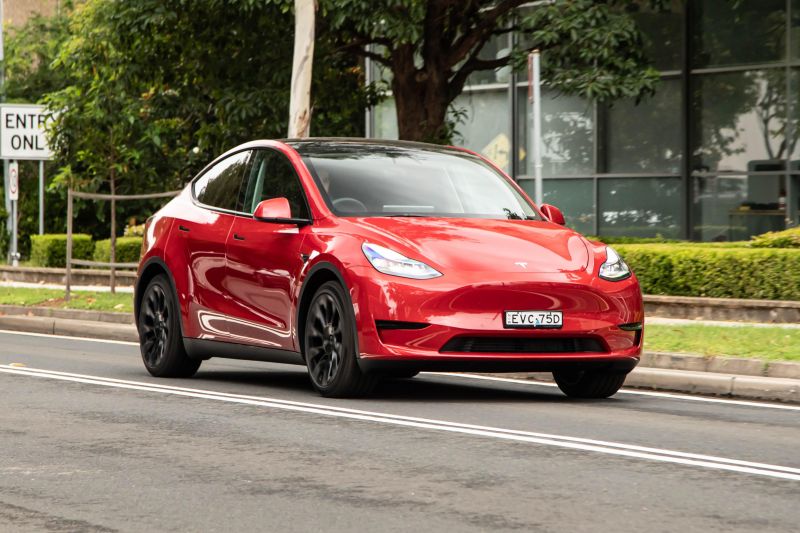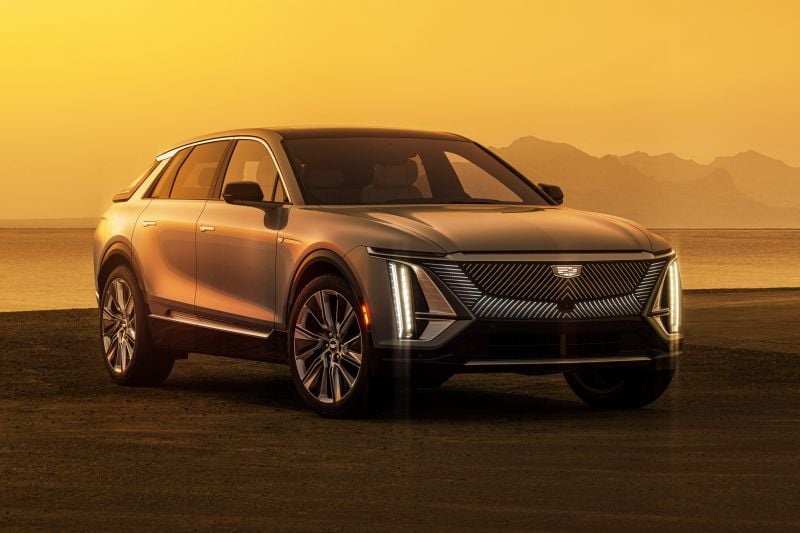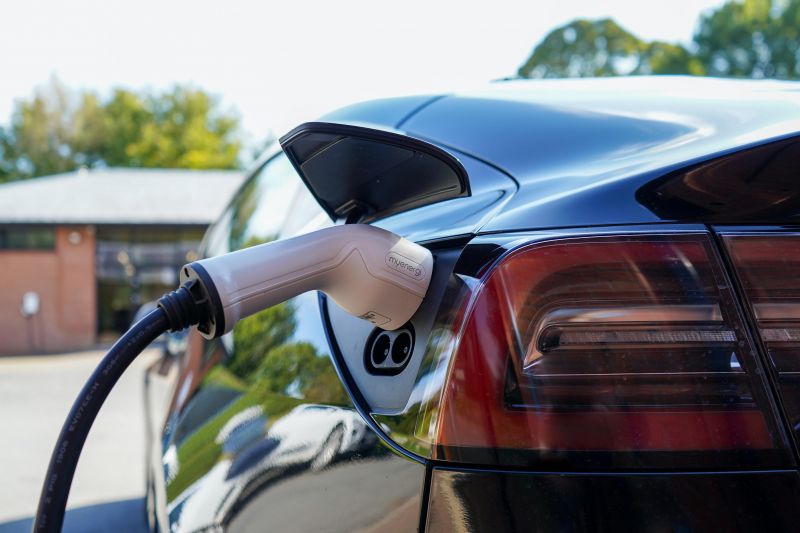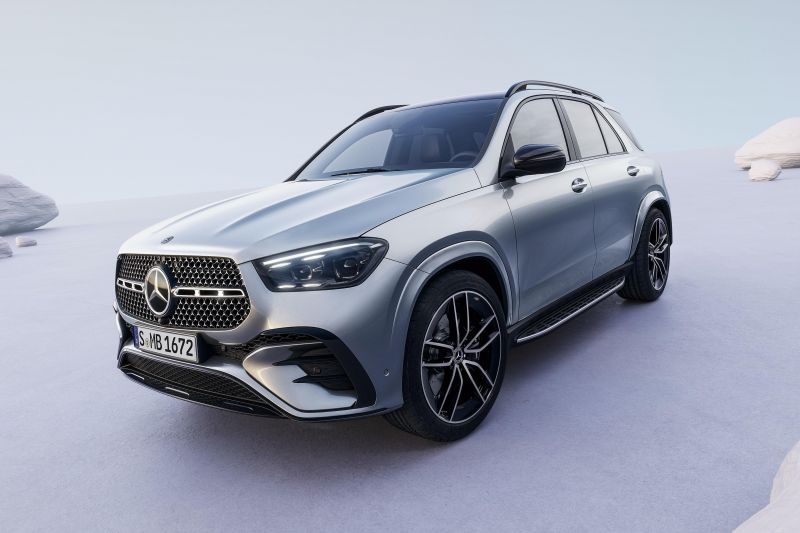What a year it has been!
2023 has brought a number of surprising events in the car world. The first Tesla Cybertrucks were finally delivered, a new facelift for the almost 40-year-old Toyota LandCruiser 70 Series was unveiled, and motor shows made a huge return.
The following is what surprised each member of the CarExpert editorial team the most during 2023.
Anthony Crawford
The sheer speed with which Chinese car brands are producing game-changing electric vehicles that seem to be leapfrogging most of the legacy brands on their very first attempt, at least in the case of BYD and to some extent MG.
BYD and MG alone already have EV supercars and SUVs that can do 0-100km/h in under three seconds with a range exceeding 1000km – and they’re coming here, sooner than you might think.
BYD even has a full-size ultra-luxury PHEV SUV which can do tank turns while cruising down a river at 3km/h, and has 1200km of range. It’s called the Yangwang U8 and it can also blast from standstill to 100km/h in 3.6 seconds.
Paul Maric
It wasn’t so much a surprise for Victoria (because our state is in massive debt and seemingly dysfunctional with money management), but the wind back of electric vehicle subsidies around Australia.
It appears the pace of EV sales is slowing globally with many brands signalling slow downs in sales and forecast orders, but in Australia we barely made a move before they were removed.
Tesla is one of the few brands that offers a look into demand and forward orders via its website and it’s clear the pace has also worn off that brand in Australia too. When Model Y launched the estimated delivery timeframe pushed forward by six months almost immediately. It then constantly grew as more orders piled on.
Looking at the stock levels now there are stacks of cars available to drive away immediately (Model Y, along with outgoing Model 3), while the new Model 3 is still showing the same three-month delivery window as it did at launch, indicating that people aren’t rushing to order.
The cost of living pressure is hitting the car industry, but it appears it’s hitting EV sales the hardest.
Scott Collie
Who had Cadillac returning to Australia on their 2023 bingo card?
General Motors has made no real secret of its unwillingness to invest in right-hand drive, and we know the electric Cadillac brand won’t be a particularly high-volume player in the hyper-competitive Australian market.
The fact GM tried to get Cadillac going Down Under in the 2000s, only to be thwarted by the Global Financial Crisis, also made the prospect of a launch seem incredibly unlikely.
It’s going to be very interesting to see how Cadillac goes in the fight against BMW, Audi, and Mercedes-Benz for electric sales.
Jade Credentino
A lot of legacy carmakers are proving slow in their EV rollout, in particular Toyota.
Toyota is one of the world’s largest manufacturers in the world yet it’s trailing behind startups when it comes to mass-producing electric vehicles. It was a pioneer with hybrid powertrains but seems now to have dropped electrification from its short-term strategy.
In Australia, Toyota is positioned as a well-known, trustworthy car brand that has an almost cult-like following. I don’t know the exact numbers but I would go out on a whim and say that a lot of its customers are very brand-loyal and are born with a Toyota and die with a Toyota.
If Toyota or other car makers with this cult-like following can’t keep up with the new kids on the block, I struggle to see how their sales will continue to increase at the rate they are now, and at some point the tables will turn against them.
Brands that haven’t committed to an electrification strategy by 2030 or 2035 run the risk of being left behind.
Jack Quick
I was surprised how easy the Ford F-150 is to drive. I can now really see why it’s so popular in the US.
Earlier this year I was lucky enough to attend the launch for the locally remanufactured F-150 pickup which comes in two different trim levels and two tray sizes in Australia.
In its largest form the F-150 measures in at almost 6.2-metres long, which is absolutely huge regardless of the way you look at it. It also has a large turning circle.
Despite this though, the F-150’s driving position is really commanding, which makes you feel like you’re in control. There’s also plenty of glass around the cabin which allows you to see all around really well.
William Stopford
It was decried as the worst electric vehicle policy in the world, but Victoria’s Zero and Low Emission Vehicle Distance-based Charge Act 2021 was its way of getting money out of EV owners that it could in turn use for road funding.
This policy, however, seemed to exist only to dampen EV demand and irritate those who already owned one. It double-charged plug-in hybrid owners (who also still had to pay the fuel excise), relied on a rather makeshift type of self-reporting, and saw vehicle owners charged for using not only roads in Victoria, but also outside of the state.
Nevertheless, South Australia followed suit, and New South Wales and Western Australia announced plans to introduce similar charges.
But a change in government in SA saw its road user charge scrapped, and now this year’s High Court ruling found Victoria’s charge unconstitutional. Victoria is refunding owners their charges, and now all the states need to look for another option.
I was expecting an inherently flawed policy to be criticised, but I wasn’t quite expecting this outcome. Ultimately, it’ll need to be the Federal Government that introduces such a charge, but with the fuel excise existing and state governments handling vehicle registration it’s all a bit messy. I can’t imagine what the way forward looks like.
James Wong
Prices continue to rise. The days of truly affordable and good-value cars are really over it seems.
It’s been really disappointing to see brands continuing to jack up their prices and also neglect to bring in price-leading models that, while not huge in popularity, would help get more budget-focused buyers into showrooms.
This leaves the Chinese brands largely playing alone in this arena, and also allows them to also start raising prices relative to the industry.
At the higher end of the market, some of the ridiculous mark-ups we’re seeing from luxury brands is almost laughable. Mercedes-Benz upping the GLE’s base pricing by $25,000?! Wild.






